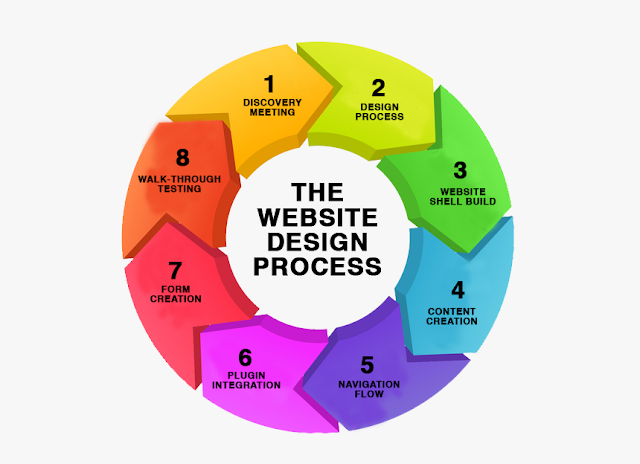The Demanding Web Design Process: From Concept to Launch
Web design is a complex and demanding process that involves several stages, from conceptualization to final launch. It requires careful planning, collaboration, creativity, and technical expertise. In this article, we will explore the demanding web design process and the various steps involved in creating a successful website that meets the needs of both clients and end-users.
- Understanding the Client's
Requirements
The web design process begins with a thorough understanding
of the client's requirements and objectives. This involves conducting client
interviews and gathering information about their business, target audience,
branding guidelines, and desired functionalities. Clear communication and
active listening are essential during this stage to ensure a comprehensive
understanding of the client's vision and expectations.
- Conducting Market and User Research
To create an effective website, conducting market research
and understanding the target audience is crucial. Identify user demographics,
preferences, and behavior patterns to inform the design decisions. This
research helps in creating user-centric designs that resonate with the target
audience and meet their specific needs and expectations.
- Information Architecture and
Wireframing
Information architecture focuses on organizing and
structuring the website's content in a logical and intuitive manner. It
involves creating a sitemap outlining the website’s main pages and hierarchical
structure. Wireframing comes next, which involves visualizing the website's layout and functionality without any design
elements. Wireframes serve as a design blueprint and help refine the user
experience.
- Visual Design and Branding
Once the wireframes are approved, the visual design stage
begins. This involves creating the website's visual elements, including color
schemes, typography, imagery, and overall branding elements. The visual design
should align with the client's branding guidelines and effectively communicate
the desired message to the target audience. Collaboration between the designer
and client is crucial during this stage to ensure the design accurately
reflects the client's vision.
- Development and Coding
After the visual design is finalized, the development and
coding phase begins. Web designers collaborate with web developers to bring the
design to life. They write the necessary code using HTML, CSS, JavaScript, and
other relevant programming languages to create a functional website. The
development process includes building responsive layouts, implementing
interactivity, integrating content management systems (CMS), and ensuring
cross-browser compatibility.
- Content Creation and Integration
Content plays a vital role in engaging users and driving
conversions. During this stage, the website's content is created or refined to
align with the design and meet the user's needs. This includes writing
compelling copy, optimizing images and multimedia elements, and integrating the
content within the website's structure. SEO considerations are also taken into
account to ensure the content is search engine friendly and support the
website's visibility in search results.
- User Testing and Quality Assurance
Before the website is launched, thorough user testing and
quality assurance are conducted to ensure its functionality, usability, and
performance. This involves testing the website on different devices, browsers,
and screen sizes to ensure a seamless user experience. Bugs, errors, and
usability issues are identified and fixed during this phase to deliver a
polished and error-free website.
- Launch and Post-Launch Maintenance
Once the website passes the testing phase, it is ready for
launch. This involves deploying the website to a live server and making it
accessible to the public. Post-launch maintenance is crucial to ensure the
website remains secure, up-to-date, and optimized. Regular updates, security
checks, and performance optimizations are necessary to provide the best user
experience and maintain the website's functionality over time.
Conclusion


Comments
Post a Comment